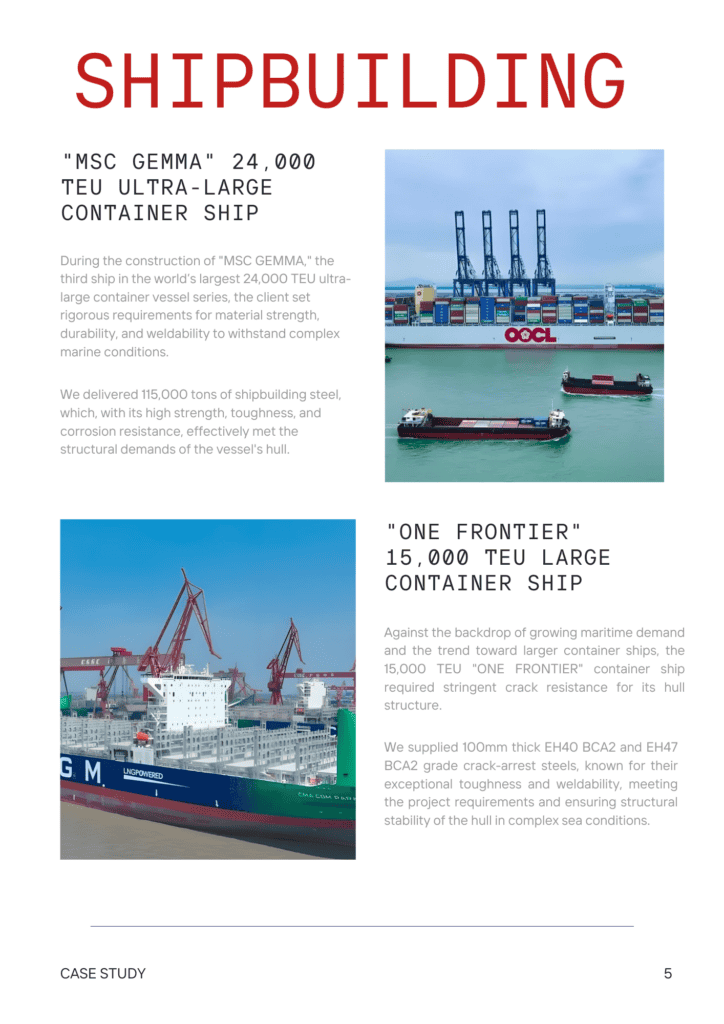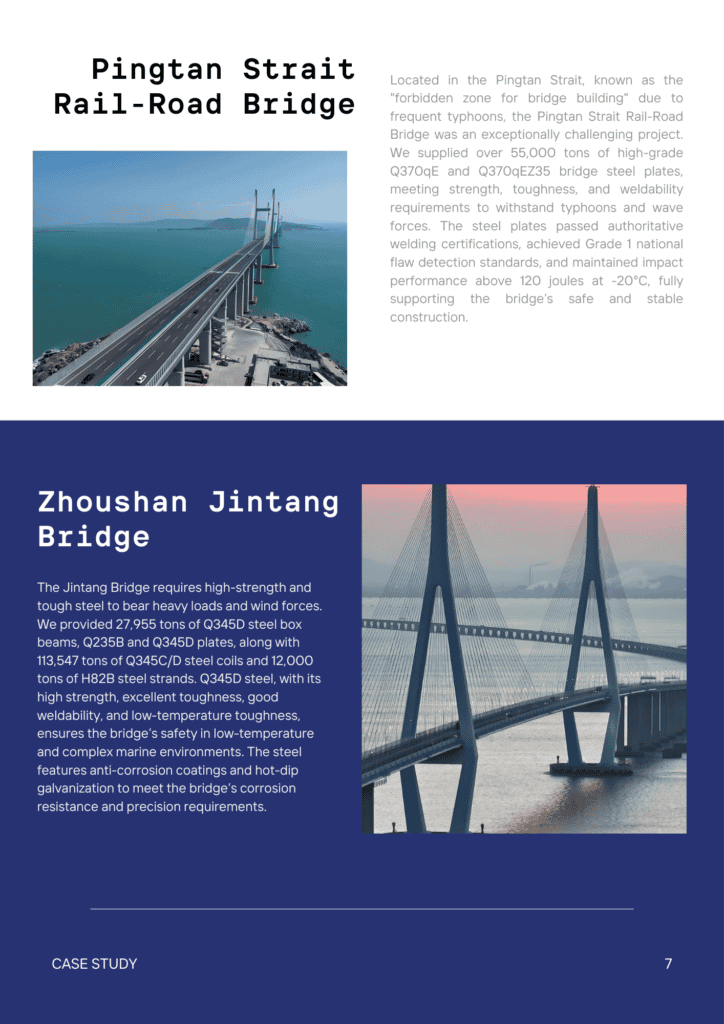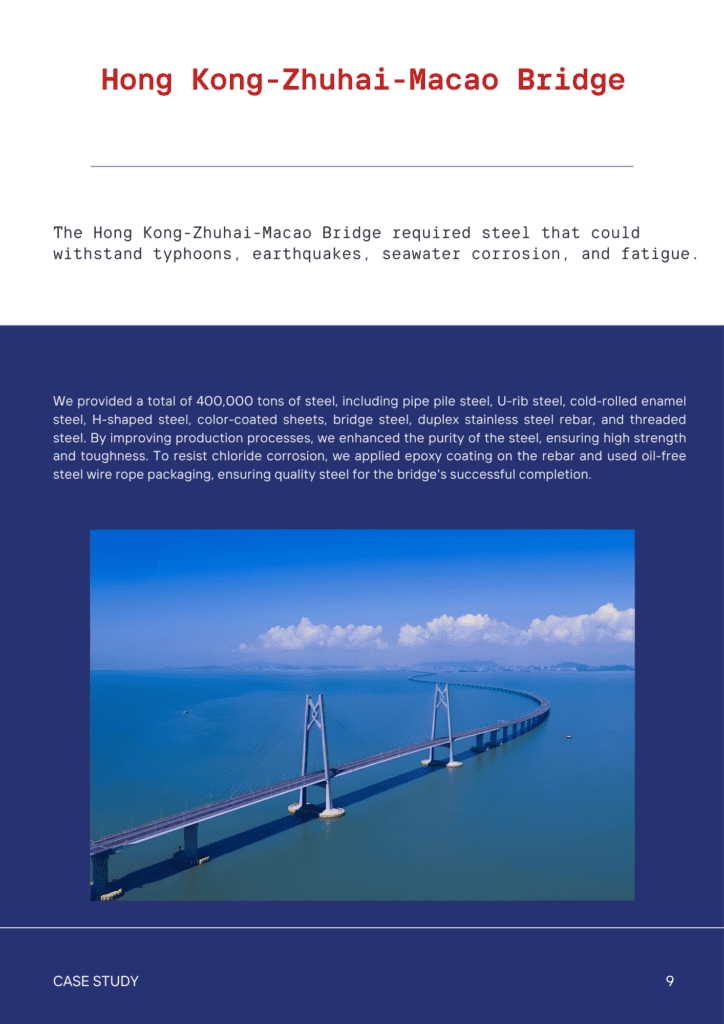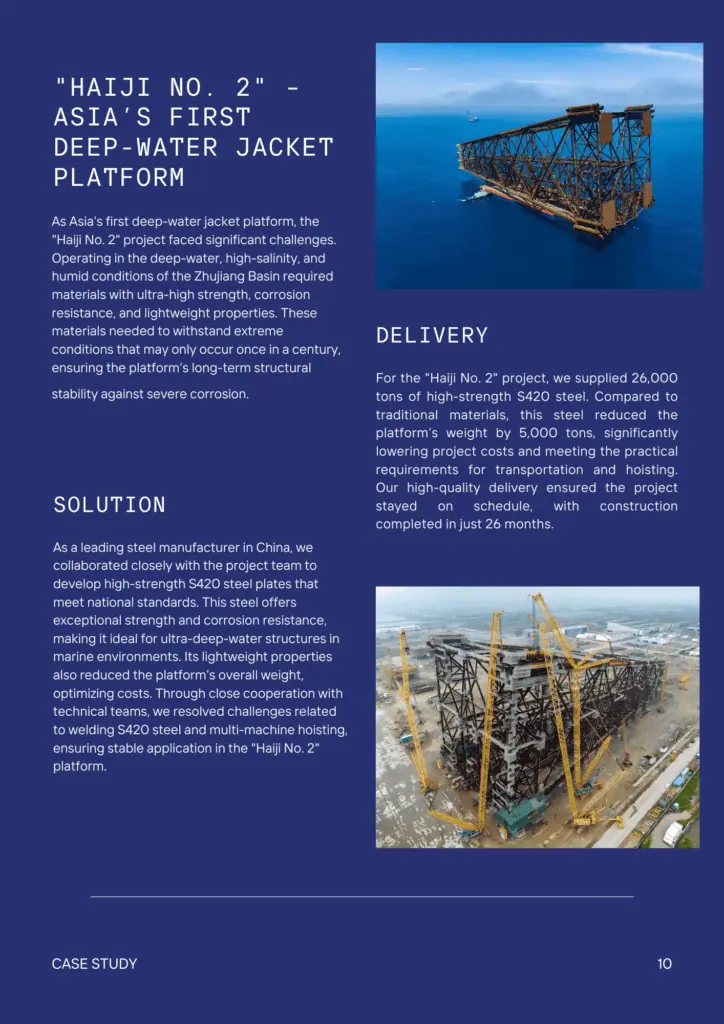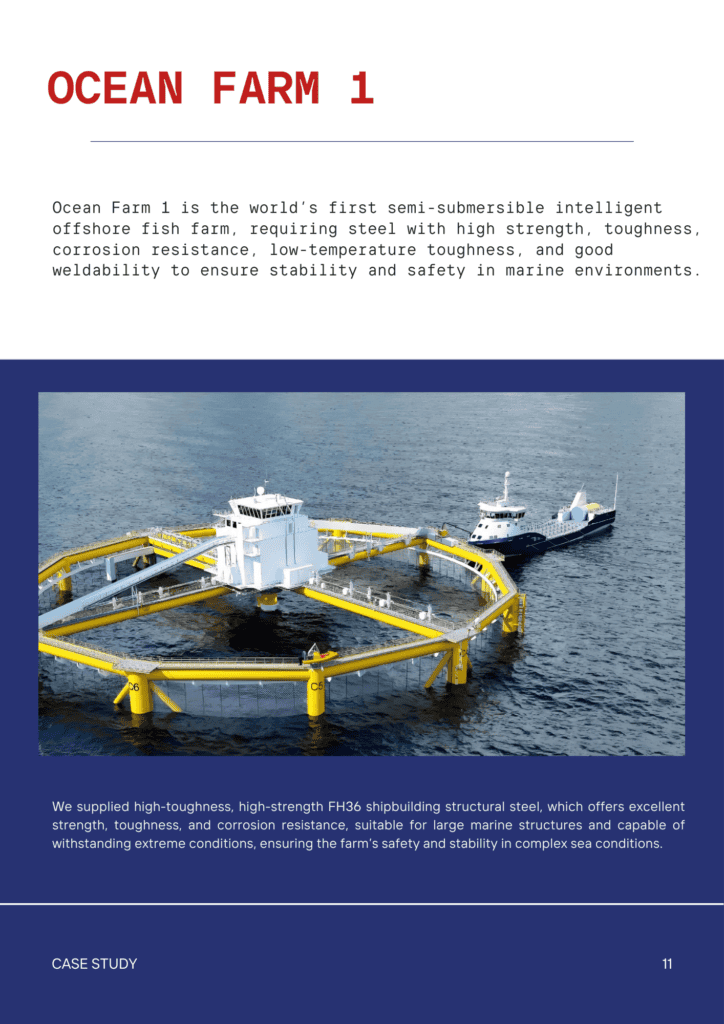Contents
Is Tool Steel Magnetic?
- John

Yes, most tool steels are magnetic. Tool steels refer to a group of carbon and alloy materials engineered to endure intense stress, retain their hardness under high heat, and offer excellent wear resistance.
What Makes Tool Steel Magnetic?
We know that tool steel’s magnetism is all about its special mix of ingredients and the way it’s processed.
High Iron Content
Tool steel is mainly composed of carbon steel and alloy steel, both of which have a high concentration of iron. The iron itself is a ferromagnetic material. The higher the iron content in tool steel, the stronger its magnetic properties.
Microstructure
In most cases, tool steel has a ferritic and martensitic microstructure, both of which are magnetic.
Ferritic Structure: In its annealed state, tool steel typically has a ferritic structure, which is magnetic. This arrangement enables the orientation of magnetic domains, causing the material to react to magnetic fields.
Austenitic Transformation: When tool steel is heated to high temperatures (usually above 723°C for carbon steels), it undergoes a phase transformation to an austenitic structure. This material exhibits no magnetic properties because its atomic configuration inhibits the organization of magnetic domains.
Martensitic Structure: Upon quenching (rapid cooling), the steel transforms back into a martensitic structure, which is again magnetic. Martensite is a highly stable, hardened structure that maintains its magnetic properties due to the alignment of its crystalline lattice.
What Affects The Magnetic Properties of Tool Steel?
The magnetic properties of tool steel are primarily determined by its iron content and microstructure. However, other factors, such as alloying elements and heat treatment, also influence the strength of its magnetism.
Alloy Composition
Chromium: Elevated amounts of chromium, particularly in tool steels such as D2 or M2, tend to lower magnetic properties by supporting the formation of the non-magnetic austenite phase.
Nickel: Like chromium, nickel decreases magnetism by encouraging the development of austenitic structures, which lack magnetic behavior.
Carbon: Carbon increases the strength of the steel, but it has little direct effect on magnetism. Its impact is more evident in the hardness and structure of the steel.
Vanadium and Molybdenum: These elements can refine the grain structure, but they don’t directly influence magnetism; however, they may help stabilize the martensitic structure, which remains magnetic after quenching.
Non-Magnetic Impurities
The steel should have minimal impurities that can disrupt its magnetic properties. Too many non-magnetic elements can reduce or eliminate magnetism.
Sulfur and Phosphorus: These elements are usually present in trace amounts and are non-magnetic. They can disrupt the steel’s crystalline structure, potentially weakening its overall magnetic response.
Silicon and Aluminum: Though these elements are not magnetic themselves, in certain amounts, they can influence the formation of the steel’s microstructure, affecting its ability to retain magnetism.
Tool Steel Grades and Magnetic Properties
Different tool steel grades exhibit varying degrees of magnetism due to their unique alloy compositions and microstructures. Here are some classic tool steel grades:
Strongly Magnetic Tool Steel Grades
- W1 (Water-Hardening Tool Steel)
W1 is a high-carbon steel with a lot of iron, making it strongly magnetic. After quenching, it forms a martensitic structure that keeps it magnetic, making it ideal for tools that need to be both hard and magnetic.
- O1 (Oil-Hardening Tool Steel)
O1 is another high-carbon tool steel with good magnetic properties. It has small amounts of alloying elements like chromium and vanadium, but these don’t reduce its magnetism much. After heat treatment, it stays strongly magnetic due to its martensitic structure.
- D2 (High Carbon, High Chromium Tool Steel)
D2 is known for its wear resistance and high chromium content. While chromium reduces magnetism slightly, D2 remains moderately magnetic, especially when hardened into its martensitic form.
Weakly Magnetic Tool Steel Grades
- M2 (High-Speed Tool Steel)
M2 is a high-speed steel with more alloying elements like tungsten and molybdenum, which reduces its magnetism. While it still has some magnetic properties when hardened, it is much weaker in magnetism compared to low-carbon tool steels.
- H13 (Hot Work Tool Steel)
H13 is used for high-temperature applications and contains a lot of chromium and molybdenum. These elements lower its magnetism. While it is weakly magnetic after heat treatment, it is much less magnetic than steels like W1 or O1.
- A2 (Air-Hardening Tool Steel)
A2 contains chromium and molybdenum, which reduce its magnetic properties. Though it is still magnetic when hardened, its magnetism is weaker than high-carbon steels like W1 or O1.
Why Magnetism Is Not That Important for Tool Steel?
- Hardness and wear resistance are the priority. These properties are more important for tools that need to stay sharp and perform well under stress.
- For most tool steel uses, the magnetic properties don’t impact how well the tool works.
- The heat treatment and alloying elements in tool steel are focused on making the steel harder, tougher, and more resistant to wear. These processes are far more important for performance than whether the steel is magnetic.
Find the Right Tool Steel with SteelPro Group
For projects where precision and performance matter, SteelPro Group offers the right tool steel to match your requirements. Whether you need highly magnetic grades like W1 and O1, or more specialized ones like M2, D2, and H13, our selection ensures you get the quality that lasts.








